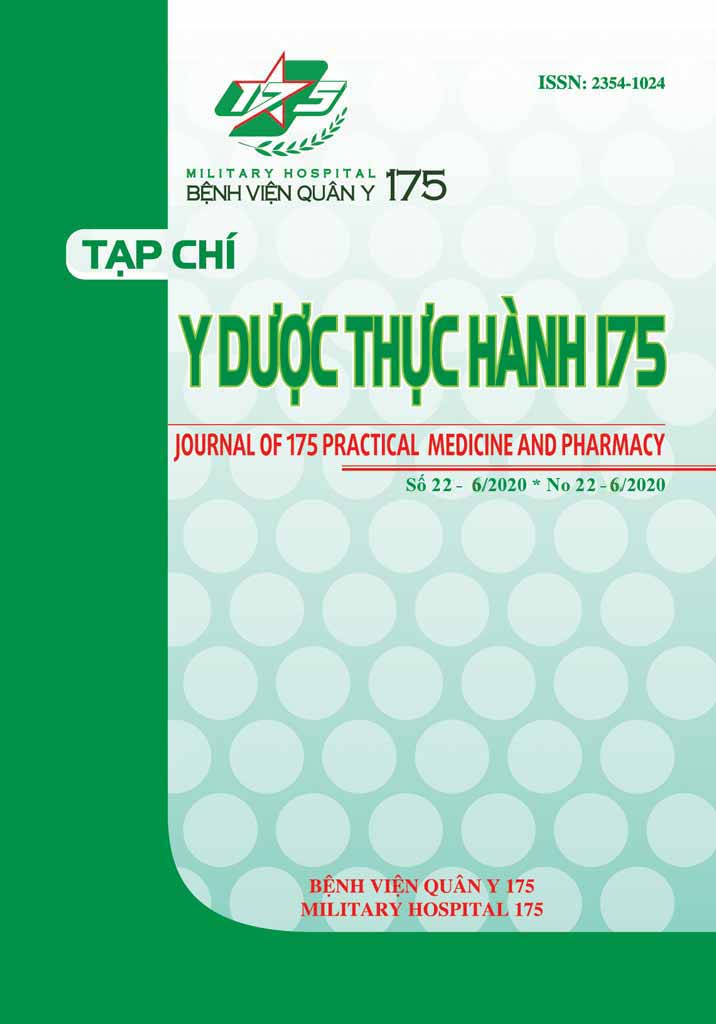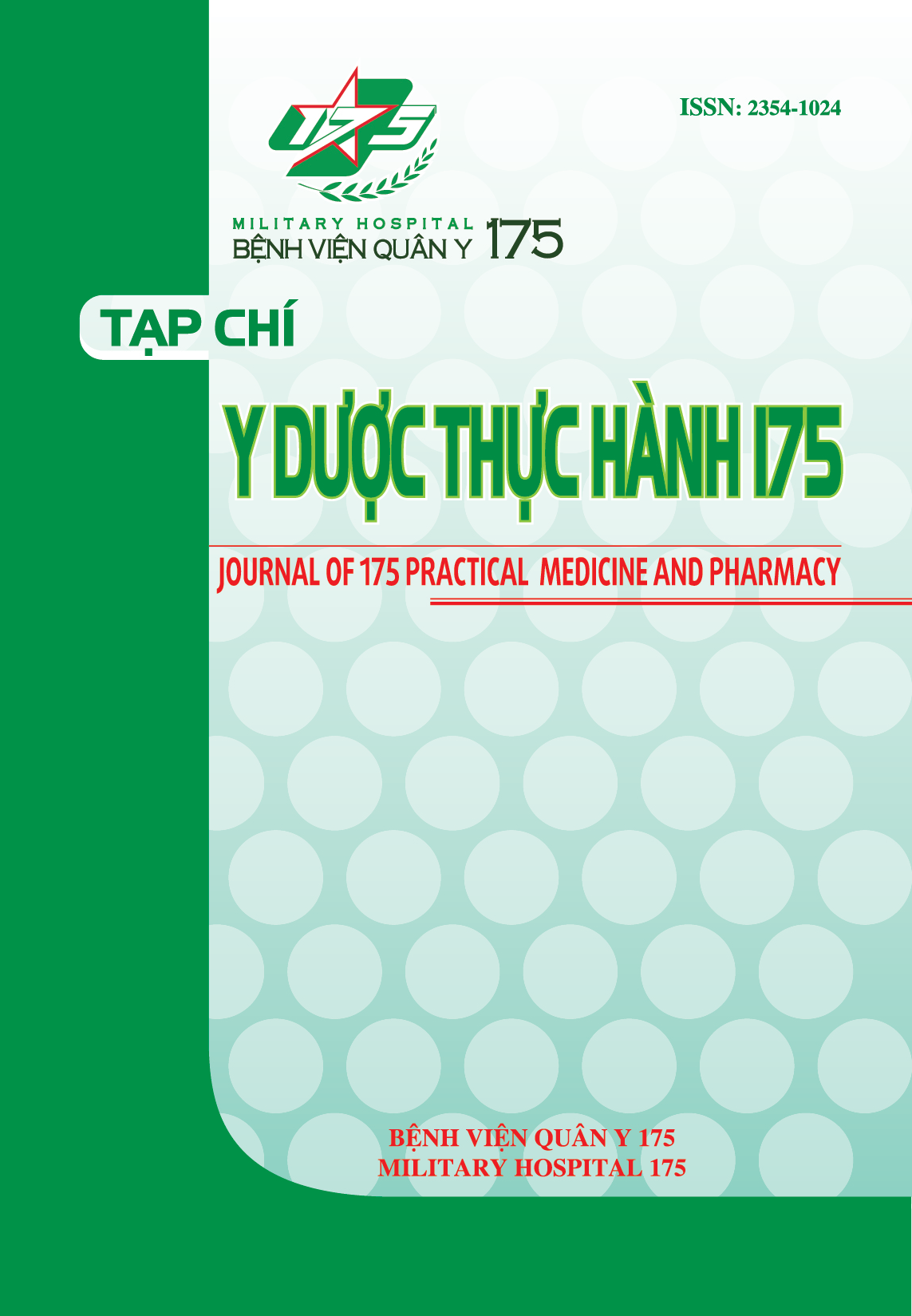SURGICAL TREATMENT OF DEGENERATIVE LUMBAR INSTABILITY BY TRANSFORAMINAL LUMBAR INTERBODY FUSION IN 7A MILITARY HOSPITAL
Authors
DOI: https://doi.org/10.59354/ydth175.2020.154References
Thành, V.V., Điều trị mất vững cột sống thắt lưng do trượt đốt sống thoái hóa bằng phẫuthuật cố định ốc chân cung và hàn liên thân đốt lối sau bằng nêm peek. Thời sự y học, 2016. 09.
Harms, J. and H. Rolinger, [A one-stager procedure in operative treatment of spondylolistheses: dorsal traction-reposition and anterior fusion (author’s transl)]. Z Orthop Ihre Grenzgeb, 1982. 120(3): p. 343-7.
Bridwell, K.H., et al., The role of fusion and instrumentation in the treatment of degenerative spondylolisthesis with spinal stenosis. J Spinal Disord, 1993. 6(6): p. 461-72.
Hee, H.T., et al., Do autologous growth factors enhance transforaminal lumbar interbody fusion? Eur Spine J, 2003. 12(4): p. 400-7.
Holly, L.T., et al., Minimally invasive transforaminal lumbar interbody fusion: indications, technique, and complications. Neurosurg Focus, 2006. 20(3): p. E6.
Humphreys, S.C., et al., Comparison of posterior and transforaminal approaches to lumbar interbody fusion. Spine (Phila Pa 1976), 2001. 26(5): p. 567-71.
Lee, C.K., J.Y. Park, and H.Y. Zhang, Minimally invasive transforaminal lumbar interbody fusion using a single interbody cage and a tubular retraction system : technical tips, and perioperative, radiologic and clinical outcomes. J Korean Neurosurg Soc, 2010. 48(3): p. 219-24.
Mobbs, R.J., et al., Lumbar interbody fusion: techniques, indications and comparison of interbody fusion options including PLIF, TLIF, MI-TLIF, OLIF/ATP, LLIF and ALIF. J Spine Surg, 2015. 1(1): p. 2-18.
Parker, S.L., et al., Utility of minimum clinically important difference in assessing pain, disability, and health state after transforaminal lumbar interbody fusion for degenerative lumbar spondylolisthesis. J Neurosurg Spine, 2011. 14(5): p. 598-604.
White, A.A., 3rd, et al., Biomechanical analysis of clinical stability in the cervical spine. Clin Orthop Relat Res, 1975(109): p. 85-96.
Yan, D.-l., et al., Comparative study of PILF and TLIF treatment in adult degenerative spondylolisthesis. European spine journal : official publication of the European Spine Society, the European Spinal Deformity Society, and the European Section of the Cervical Spine Research Society, 2008. 17(10): p. 1311-1316.
Gotecha, S., et al., The role of transforaminal percutaneous endoscopic discectomy in lumbar disc herniations. Journal of craniovertebral junction & spine, 2016. 7(4): p. 217-223.
Downloads
PDF Downloaded: 97










